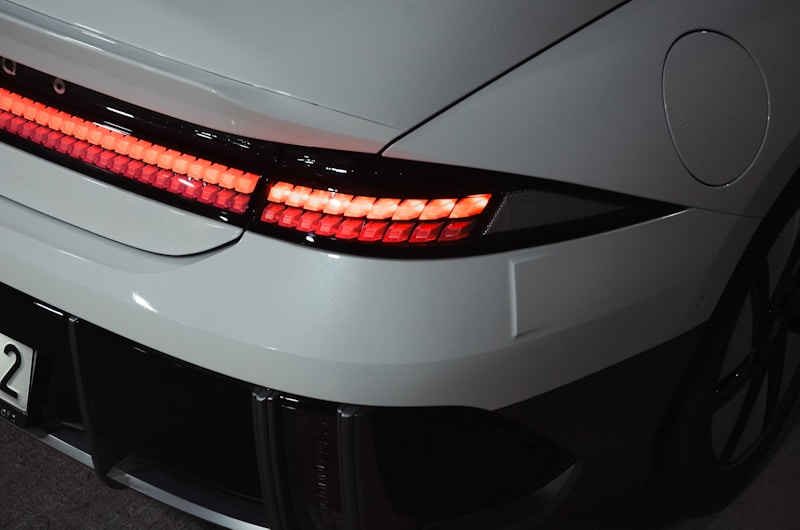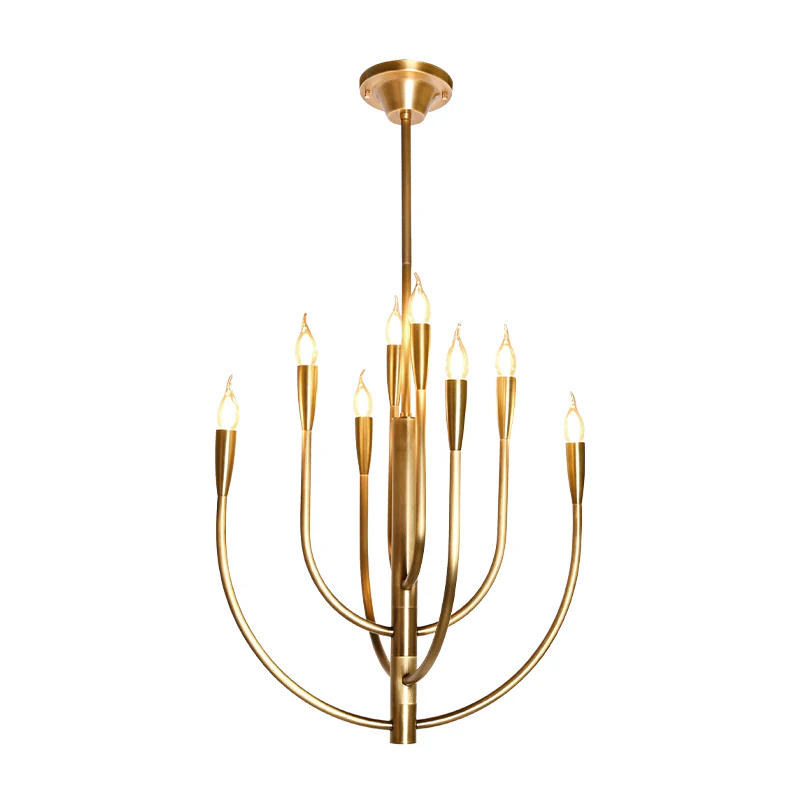The Impact of LEDs in Automotive Lighting Applications
The Impact of LEDs in Automotive Lighting Applications
In recent years, the automotive industry has undergone a significant transformation, especially with the advent of advanced lighting technologies. Among these innovations, LEDs in automotive lighting applications have emerged as a crucial component. This article delves into the advantages, challenges, and future potential of LED technology in vehicles. We will also address related questions and topics that enthusiasts and consumers might search for.
Understanding LEDs in Automotive Lighting
Light Emitting Diodes (LEDs) are semiconductor devices that emit light when an electric current passes through them. They have revolutionized not only consumer electronics but also automotive lighting. LEDs are widely used for various lighting applications in vehicles, including:
- Headlights
- Tail lights
- Interior lights
- Indicator lights
Benefits of Using LEDs in Automotive Lighting
The shift towards using LEDs in automotive lighting applications comes with numerous benefits:
| Benefits | Description |
| Energy Efficiency | LEDs consume significantly less power than traditional halogen bulbs, leading to reduced fuel consumption in vehicles. |
| Longer Lifespan | Typically, LEDs can last up to 25,000 hours compared to 1,000 hours for halogen bulbs. |
| Greater Brightness | LEDs provide higher luminosity, enhancing visibility for both drivers and pedestrians. |
| Design Flexibility | The compact size of LEDs allows for innovative designs and features in automotive lighting. |
| Better Heat Management | LEDs emit less heat, which contributes to the longevity and safety of automotive lighting systems. |
Challenges and Considerations
While the advantages are compelling, there are also challenges associated with LEDs in automotive lighting applications:
- Cost: The initial cost of LED technology is higher than traditional lighting solutions, although this may be offset by long-term savings.
- Color Temperature: Different color temperatures of LEDs can affect visibility and Aesthetics. Automotive manufacturers must choose the right color for each application.
- Regulations: Different regions have regulations concerning the brightness and color of automotive lighting, which manufacturers must adhere to.
Popular Applications of LED Technology in Vehicles
LEDs have found various applications in modern vehicles:
| Application | Description |
| Headlights | Adaptive and dynamic lighting systems enhance driving safety by adjusting beams based on speed and steering. |
| Daytime Running Lights | These lights improve visibility during the day, ensuring that vehicles are more noticeable. |
| Interior Lighting | LEDs create an inviting atmosphere within the vehicle, with customizable lighting options for personal preferences. |
| Brake and Turn Signal Lights | LEDs ensure faster response times, providing safety through better communication with other road users. |
| Exterior Lighting | Modern designs, including light bars and accent lights, utilize LEDs for both functionality and Aesthetics. |

Future Trends in Automotive LED Lighting
The future of LEDs in automotive lighting applications looks promising, with several trends on the horizon:
- Smart Lighting: Integrating sensors and smart technology to adapt lighting based on environmental conditions can enhance safety and user experience.
- Integration with Autonomous Vehicles: As autonomous driving technology advances, lighting systems will evolve to communicate with both passengers and other vehicles.
- More Sustainable Solutions: The automotive industry is progressively moving towards sustainable materials and manufacturing processes, with LEDs leading the charge.
LED Lighting in Different Vehicle Types
Every vehicle type benefits from specific applications of LED technology:
- Electric Vehicles (EVs): With lower energy consumption, EVs leverage LED Lighting to maximize efficiency.
- Luxury Cars: High-end vehicles often use custom LED designs for branding and Aesthetics.
- Commercial Vehicles: Heavy-duty trucks use robust LED Lighting for safety and durability.
Addressing FAQs About LEDs in Automotive Lighting
Here are some common questions and concerns related to LEDs in automotive lighting:
1. Are LED headlights legal in my state?
LED headlights are generally legal, but specific regulations vary by state. Always check local laws before making modifications.
2. How do LED headlights affect visibility during foggy conditions?
LED headlights can provide better visibility in fog than traditional lights, but using fog lights designed specifically for such conditions is still recommended.
3. What should I consider when choosing LED headlights?
Consider factors like lumens output, color temperature, and compatibility with your car's electrical system.
4. How long do LED headlights last compared to traditional ones?
Typically, LED headlights last up to 25,000 hours, while traditional halogen lamps last around 1,000 hours.
Conclusion
In summary, LEDs in automotive lighting applications offer remarkable benefits, such as energy efficiency, longevity, and design flexibility. While challenges exist, the advantages are propelling the automotive industry towards a brighter and more innovative future. As vehicles continue to evolve, so will the lighting technologies that enhance safety, Aesthetics, and functionality. Embracing this technology not only leads to better performance but also aligns with the growing demand for sustainable practices in the automotive sector. Always consider your lighting options carefully and stay updated on regulations to ensure compliance and safety.
